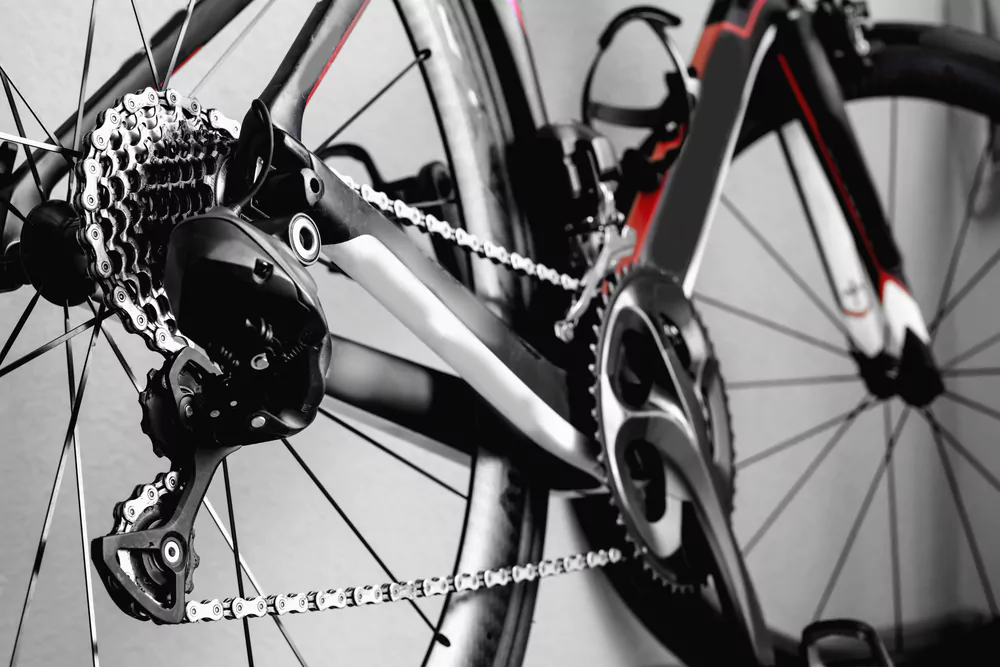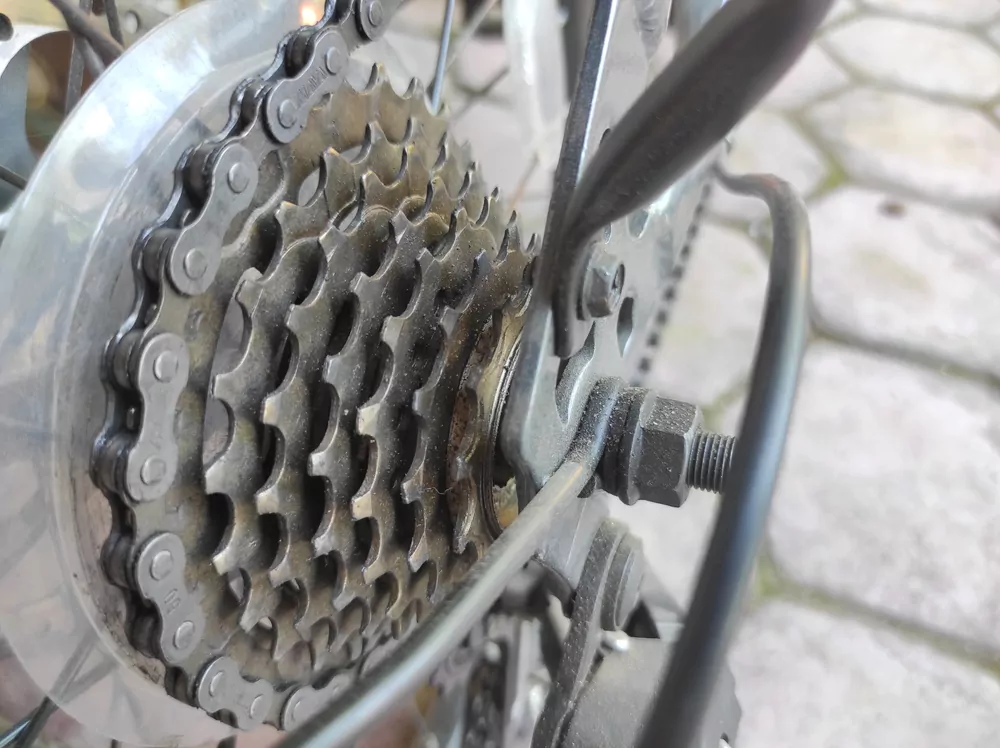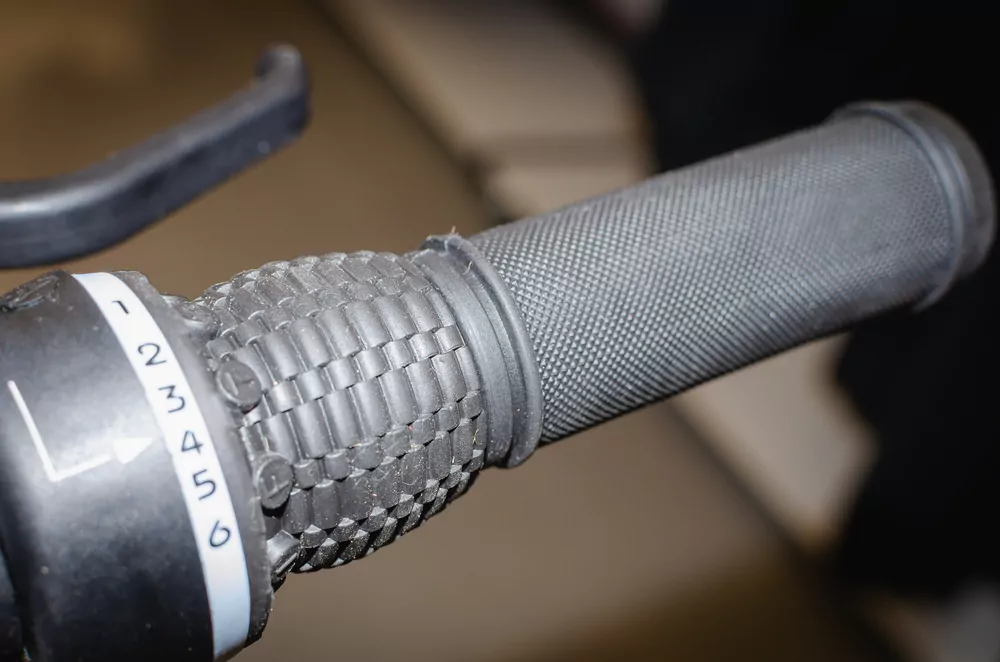How to Change Gear in Bike? A Beginner’s Guide

One of the most essential skills to master when cycling is knowing how to change gear in bike. Gears are integral to the smooth operation of your bike, enabling you to easily maintain a comfortable cadence and tackle various terrains. Whether you are a beginner or an experienced cyclist, understanding how to change gear in bike efficiently is crucial to improving your overall cycling experience.
This comprehensive guide will provide detailed information on how to change gear in bike, from the basics of the bike’s gearing system to the techniques for seamless gear shifting. We’ll also cover some common mistakes and offer tips on how to avoid them.
1 Understanding the Gearing System

Before we delve into how to change gear in a bike, it is crucial to understand the basics of a bike’s gearing system. A typical bike has two sets of gears: the front chainrings and the rear cassette. The front chainrings are the large gears connected to the pedals, while the rear cassette consists of smaller gears attached to the rear wheel. The combination of these gears determines the gear ratio, which ultimately affects your pedalling effort and speed.
- Front chainrings: Bikes usually have one, two, or three front chainrings, also known as chain sets. A bike with a single chainring is called a 1x (pronounced “one-by”) system, while those with two or three are known as 2x and 3x systems, respectively. The more chainrings a bike has, the greater the range of gears it offers.
- Rear cassette: The rear cassette comprises multiple sprockets (gears) arranged in ascending order of size. The smallest sprocket provides the highest gear, while the largest sprocket offers the lowest gear. The number of sprockets on a cassette can vary from five to 12, depending on the bike model.
2 How to Change Gear in a Bike: Step-by-Step Guide
Now that you understand the basic components of a bike’s gearing system let’s dive into how to change gear in a bike with a step-by-step guide:
- Plan your gear change: Anticipate the need for a gear change before you reach a hill, corner, or another challenging terrain. This will give you ample time to adjust your gears smoothly and maintain your momentum.
- Shift using your left hand: The left shifter controls the front chainrings. To change the front gears, use your left hand to operate the shifter. Moving the chain to a larger chainring will increase resistance while shifting it to a smaller chainring will reduce resistance. Remember that front gear changes have a more significant impact on your pedaling effort than rear gear changes.
- Shift using your right hand: The right shifter controls the rear cassette. To change the rear gears, use your right hand to operate the shifter. Moving the chain to a smaller sprocket will increase resistance while shifting it to a larger sprocket will decrease resistance.
- Ease off the pedals: As you change gear in a bike, reduce your pedalling pressure to make it easier for the chain to move between the gears. However, continue pedalling to keep the chain in motion, allowing for a smoother gear change.
- Shift one gear at a time: When learning how to change gear in a bike, focus on shifting one gear at a time to avoid overwhelming the gearing system. This will also help you better understand the relationship between your gears and your pedalling effort.
3 Common Mistakes and How to Avoid Them
As you practise how to change gear in bike, it’s essential to be aware of common mistakes and how to avoid them. This will ensure that you can shift gears seamlessly and avoid any potential damage to your bike’s components.
Cross-chaining: Cross-chaining occurs when the chain is stretched diagonally between the smallest chainring and the smallest sprocket or the largest chainring and the largest sprocket. This puts unnecessary strain on the chain and can cause excessive wear on the drivetrain components. To avoid cross-chaining, ensure that you maintain a straight chain line by not using extreme gear combinations.
Shifting under heavy load: Changing gears while applying significant pressure on the pedals can cause the chain to slip or even break. To prevent this, ease off the pedals when shifting gears, allowing the chain to move smoothly between the gears.
Shifting multiple gears at once: While experienced cyclists may be able to shift multiple gears simultaneously, it is best for beginners to focus on changing one gear at a time. This will help you develop a better understanding of how each gear affects your pedalling effort and speed.
Not maintaining your gears: Regular maintenance is vital to ensure that your bike’s gears continue to function optimally. Clean and lubricate your chain regularly to prevent rust and ensure smooth gear changes. Also, inspect your gears for any signs of wear and replace them as needed.
4 Tips for Efficient Gear Shifting

Mastering how to change gear in a bike takes practice and patience. Here are some tips to help you shift gears more efficiently and improve your overall cycling experience:
- Listen to your bike: Your bike will often give you audible cues when it’s time to shift gears. If you hear a clicking or grinding noise, it may be an indication that you need to change gears or that your gears are not properly adjusted.
- Find your rhythm: Develop a consistent cadence (pedal rotation speed) that feels comfortable for you. This will help you anticipate when to change gears and maintain a smooth pedalling motion.
- Practice makes perfect: The more you practise how to change gear in a bike, the better you will become at anticipating the need for gear changes and executing them smoothly.
- Be mindful of your surroundings: Pay attention to the road or trail conditions and anticipate any changes in terrain that may require a gear change.
5 Wrapping Up
Learning how to change gear in a bike is an essential skill for any cyclist, regardless of their experience level. By understanding the basics of your bike’s gearing system and practising efficient gear-shifting techniques, you can tackle various terrains with ease and improve your overall cycling performance. Remember to be patient, maintain your bike’s gear regularly, and always pay attention to your surroundings as you ride. With practice and persistence, you’ll soon master the art of changing gears on your bike, ensuring a smoother and more enjoyable cycling experience.
Also, we want you to be careful. That is why we recommend you riding your bike with a helmet on. Check out our product review on the best helmets to ride safely with style.
Community Q&A
About This Article
This article has been viewed 468 times.



